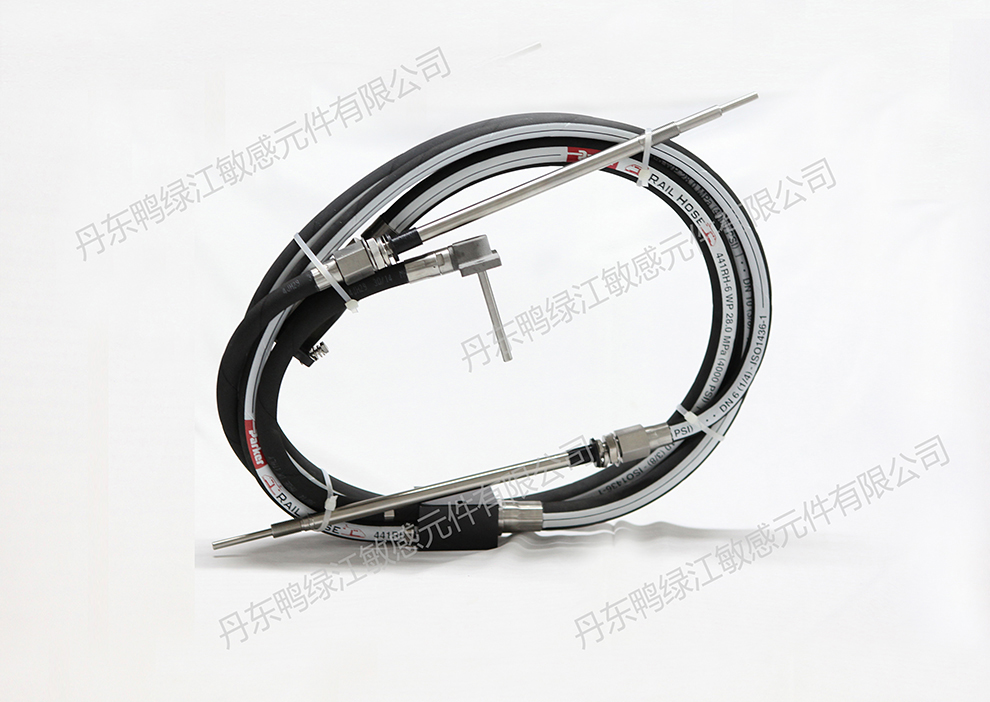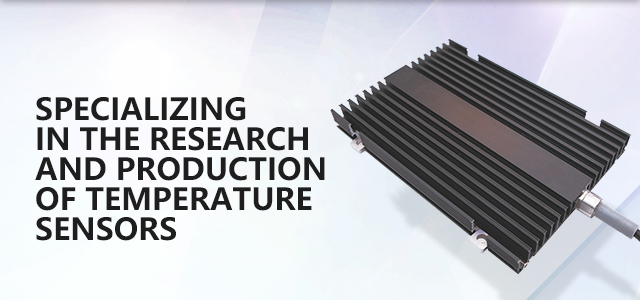


Description
The product is used for temperature detection of rail vehicles such as high-speed trains.
Strong weather resistance, good fire resistance, excellent impact and vibration resistance, good electromagnetic compatibility, strong anti-interference ability, high temperature measurement accuracy, stable signal transmission, multi-point detection, and centralized transmission.
| Temperature measurement end material | 引線 | ||||
| Length | Specification | Insulation material | Working temperature | Shielding | |
| Metal | User defined wire length | 2×0.2mm2 3×0.2mm2 4×0.2mm2 | Teflon | -50℃~200℃ | With shielding |
The temperature sensor measures the temperature through a platinum thermistor installed in the probe tube. When the temperature changes, the platinum resistor outputs a resistance signal that changes with temperature through the connector. Through the characteristic of the platinum thermistor changing resistance value with temperature within the temperature range, the resistance signal at the measurement position is fed back to the corresponding system module for processing, converted into a temperature signal, and real-time monitoring of temperature changes at the testing position ensures the safety of train operation.
The sensor has strong weather resistance, high protection performance, excellent impact resistance and vibration resistance, good electromagnetic compatibility, strong anti-interference ability, fast and accurate temperature measurement, stable signal transmission, multi-point detection, centralized transmission, and convenient installation. Sensors have the characteristics of high accuracy, good linearity, stable electrical performance, reliable operation, and long service life. The technical performance indicators comply with a series of standards such as IEC60751 and GB/T30121.
Structure
The product mainly consists of platinum thermistors, cables, probe assemblies, protective hoses, electrical connectors (as needed) and other components.
Technical parameters
Technical parameters
| Graduation number | Measurement range | Detection current | Insulation resistance | Remarks |
| Pt100 | -50℃~200℃ | ≤1mA | DC1000V | Can be designed and manufactured according to customer requirements |
| ≥200MΩ |
Accuracy level
| Temperature | Class A | Class B | ||
| (℃) | ℃ | Ω | ℃ | Ω |
| 0 | ±0.15 | ±0.06 | ±0.3 | ±0.12 |
| 100 | ±0.35 | ±0.13 | ±0.8 | ±0.30 |
| 200 | ±0.55 | ±0.20 | ±1.3 | ±0.48 |
Matters needing attention
1. During installation, protect the sensor probe tube and prevent it from being hit by force;
2. When fixing the sensor lead protective tube, the margin should be evenly distributed to avoid uneven force on the sensor;
3. When inserting the connector, it must be horizontally aligned and inserted. If there is resistance, it must not be forcefully inserted. The cause must be identified to avoid damaging the pin;
4. After the installation and connection of the sensor are completed, it is necessary to verify whether the wiring is correct and confirm before proceeding Power transmission to avoid damage caused by mistakenly connecting strong electricity to sensors;
5. The scrapped sensors should be properly disposed of to avoid any impact on the environment.




















 QQ
QQ Speed-dial
Speed-dial Follow WeChat
Follow WeChat